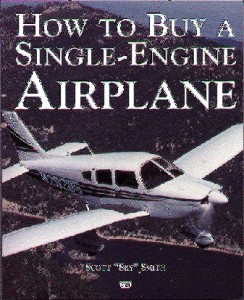Buying an airplane? You need my book “How to Buy A Single Engine Airplane” @amazonbooks . Order your copy now! @AmazonBookStore @GlobalAerospace @cessnaowner_mag @Cessna @piperaircraft @Cirrus_Aircraft @tangofoxtees @FlyingMusicians @TradeAPlane
Tag Archives: aviation insurance
Aircraft Insurance Round-table Discussion
I was invited to participate in a Aviation Insurance Round-table discussion with a few of my colleagues.
The discussion was about what we, as aviation insurance brokers, are seeing in the aviation insurance marketplace. This includes increases in premium, pilot age issues and difficulty obtaining insurance.
Thanks to Larry Anglisano and the Aviation Consumer Magazine and Kitplanes Magazine for hosting and putting this together.
To listen to the complete discussion, click here.
What is Liability Insurance?
Confused about what liability insurance is?
Aviation liability insurance is pretty confusing. Actually not just aviation insurance, all insurance can be confusing. So i thought id share a little bit of information.
Typically, liability coverage, in an aviation insurance policy, will be for property damage and bodily injury. The following definitions were taken from various policies and simplified as best as possible.
“Property damage” means any physical damage to “tangible” property. This coverage does not cover the aircraft itself, any of your own property or property that you are in charge of. This is just for the property belonging to others that was damaged by the accident.
Liability also covers “bodily injury”, which is pretty simple. This means the physical (bodily) injury to or the death of a person.
There is another coverage included or added. This coverage is called medical payment (med pay). This is the amount that the insurance company will pay for a persons immediate medical expense such as an ambulance ride after the accident, emergency room visit, etc. This coverage is usually in amounts such as $1,000, $5,000 or maybe $10,000.
Here is a quick video rundown of liability in aircraft insurance. Hopefully it will help clear a few things up. If not or you have more questions feel free to contact me.

